Di dunia bisnis yang semakin bergantung pada komunikasi jarak jauh dan kolaborasi digital, memilih aplikasi yang tepat untuk tim Anda adalah hal yang sangat penting. Dua pemain besar di pasar aplikasi komunikasi dan kolaborasi bisnis adalah Slack dan Microsoft Teams. Meskipun keduanya memiliki fitur yang sangat mirip, ada beberapa perbedaan yang dapat memengaruhi pilihan bisnis Anda. Dalam artikel ini, kita akan membandingkan Slack dan Microsoft Teams untuk membantu Anda menentukan mana yang lebih cocok untuk kebutuhan bisnis Anda.
1. Antarmuka Pengguna dan Pengalaman Pengguna
Salah satu keunggulan utama Slack adalah desain antarmuka pengguna yang sederhana dan intuitif. Slack memberikan pengalaman yang lebih bersih dan mudah dinavigasi, dengan saluran percakapan yang mudah disesuaikan dan pengaturan yang sangat fleksibel. Sebaliknya, Microsoft Teams sering kali terasa lebih kompleks, terutama bagi mereka yang baru pertama kali menggunakannya, karena antarmukanya lebih terintegrasi dengan produk Microsoft lainnya. Meskipun Teams sangat terintegrasi dengan aplikasi Microsoft, bagi sebagian pengguna, antarmuka Slack lebih menyenangkan dan ramah pengguna.
2. Integrasi Aplikasi
Salah satu alasan Slack banyak dipilih adalah kemampuannya untuk berintegrasi dengan berbagai aplikasi pihak ketiga, lebih dari 2.000 aplikasi termasuk Google Drive, Trello, Asana, dan banyak lagi. Ini memberikan fleksibilitas lebih besar bagi tim yang bekerja dengan berbagai alat produktivitas. Di sisi lain, Microsoft Teams terintegrasi sangat baik dengan produk Microsoft, seperti Word, Excel, PowerPoint, dan OneDrive. Jika bisnis Anda sudah menggunakan Microsoft 365, Teams bisa menjadi pilihan yang lebih alami. Namun, jika tim Anda membutuhkan lebih banyak aplikasi eksternal, Slack menawarkan integrasi yang lebih beragam.
3. Fitur Kolaborasi dan Komunikasi
Dalam hal komunikasi dan kolaborasi, kedua aplikasi menawarkan fitur-fitur yang sangat berguna, seperti saluran percakapan, pesan langsung, dan panggilan suara/video. Slack unggul dalam hal fleksibilitas saluran dan kolaborasi antar tim dengan berbagai topik yang terorganisir dengan baik. Fitur pencarian canggih di Slack juga memungkinkan pengguna untuk menemukan percakapan dan file dengan sangat cepat. Di sisi lain, Microsoft Teams lebih kuat dalam hal integrasi dengan alat Microsoft lainnya, sehingga lebih cocok untuk perusahaan yang sudah sepenuhnya menggunakan ekosistem Microsoft. Fitur seperti rapat video dan kolaborasi dokumen secara real-time sangat mulus berfungsi di dalam Teams.
4. Keamanan dan Kepatuhan
Kedua aplikasi, Slack dan Microsoft Teams, menawarkan fitur keamanan tingkat perusahaan yang sangat baik, seperti enkripsi end-to-end dan autentikasi multi-faktor. Namun, karena Microsoft Teams terintegrasi dengan Microsoft 365, aplikasi ini mungkin lebih menarik bagi perusahaan yang membutuhkan kepatuhan dan integrasi yang lebih dalam dengan alat keamanan yang ada di dalam ekosistem Microsoft.
5. Harga
Slack menawarkan versi gratis yang cukup komprehensif untuk tim kecil dan bisnis baru, dengan opsi untuk meningkatkan ke paket berbayar untuk fitur tambahan. Microsoft Teams, di sisi lain, juga menawarkan versi gratis, tetapi paket lengkapnya lebih mengarah pada pelanggan yang sudah berlangganan Microsoft 365. Perusahaan yang sudah menggunakan produk Microsoft mungkin merasa bahwa Microsoft Teams menawarkan nilai lebih dalam hal harga.
Baik Slack maupun Microsoft Teams memiliki keunggulan dan kelemahan masing-masing. Slack sangat cocok untuk tim yang membutuhkan fleksibilitas dalam integrasi aplikasi dan komunikasi yang sederhana, sedangkan Microsoft Teams ideal bagi perusahaan yang sudah menggunakan ekosistem Microsoft dan membutuhkan kolaborasi dengan alat Microsoft lainnya.
Untuk membantu Anda membuat keputusan yang tepat, hubungi kami sekarang untuk mendapatkan saran lebih lanjut tentang cara mengoptimalkan penggunaan Slack di bisnis Anda!




















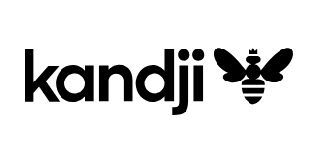
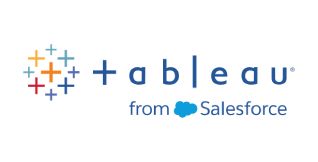

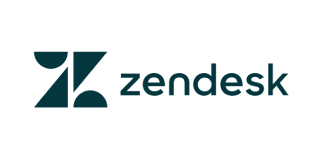
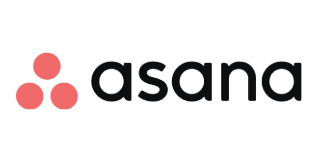
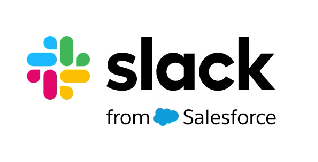
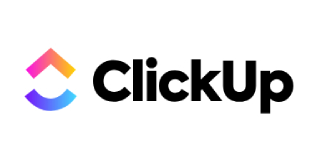

 Industrial Robotics Integration
Industrial Robotics Integration
 IT Outsourcing Service
IT Outsourcing Service
 Secure Internet SD-WAN Connection
Secure Internet SD-WAN Connection
 Digital Marketing Service
Digital Marketing Service









